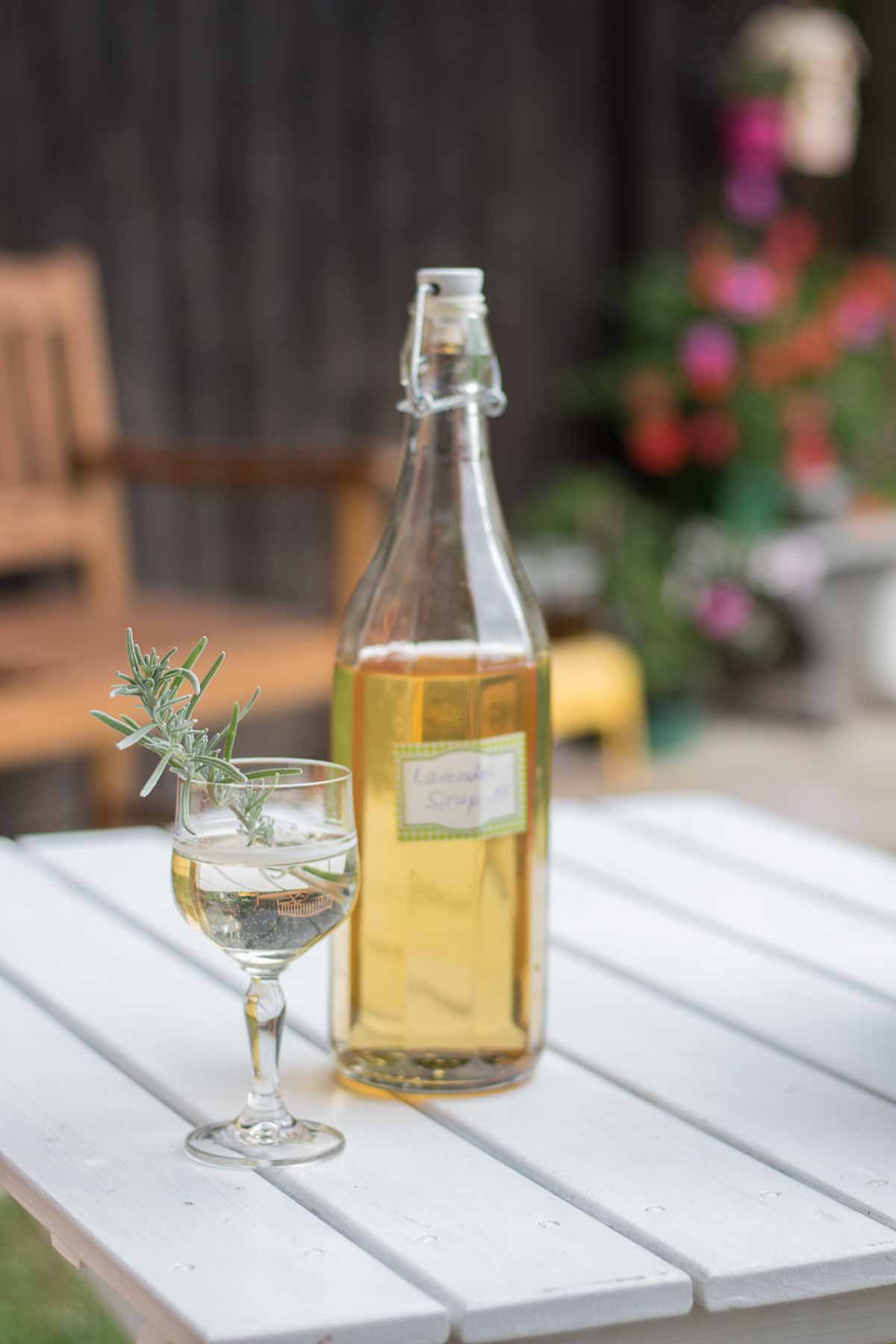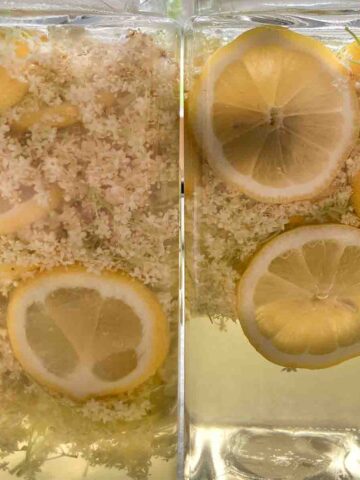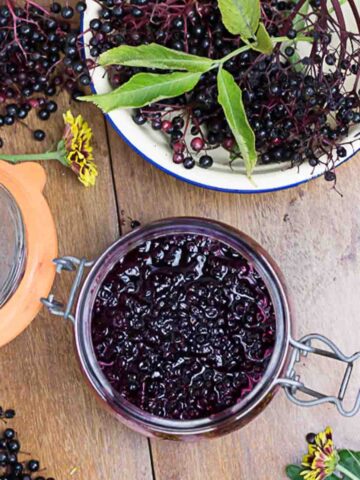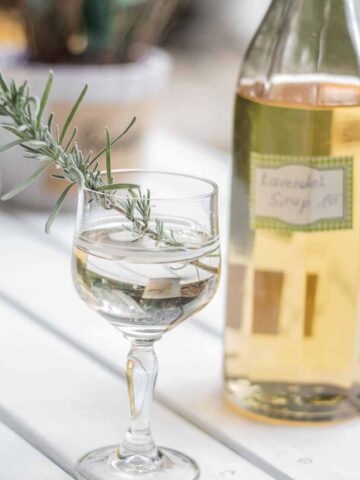If you want your homemade syrup, jam, or canned vegetables to last, there's no way around it: jars and bottles must be properly sterilized. Why is that so important? Germs, bacteria, or mold spores can quickly turn your lovingly prepared goods into something inedible.
In this guide, I’ll show you the best sterilizing methods and what else you should keep in mind.

Jump to:
Why Do I Need to Sterilize Jars and Bottles?
Even if your jars and bottles have been freshly washed, invisible germs often remain. Once you pour in warm or hot syrup, jelly, or preserves, you’re giving these germs the perfect environment to thrive. The result? Your beautiful batch could spoil much faster than expected.
The solution: cleanliness through heat sterilization. It reliably kills off bacteria, yeast, and mold spores.
You might also enjoy these recipes for syrup, compote, jelly & more:
Methods for Sterilizing Jars and Bottles
You have several effective options—just choose the one that works best for your kitchen setup:
1. Boiling in a Pot
The classic method:
- Place jars and lids (preferably standing upright) in a large pot.
- Fill with water until jars are fully submerged.
- Bring to a boil and let boil vigorously for about 10 minutes.
- Carefully remove using clean tongs and place upside down on a clean kitchen towel to dry.
Pro tip: Line the bottom of the pot with a rack or a dish towel to prevent jars from cracking due to direct heat.
Safety tip: Use cotton gloves or a jar lifter—the jars will be hot!
2. Oven Method
Perfect when sterilizing multiple jars at once:
- Preheat oven to 210–250°F (100–120°C, top/bottom heat).
- Place jars (without rubber seals) upright on a baking sheet.
- "Bake" for 15–20 minutes.
- Boil lids separately in hot water—many aren’t oven-safe.
Special note for swing-top bottles: remove rubber rings and sterilize them separately in boiling water. Some lids (especially plastic ones) can melt in the oven. (Ask me how I know... 😅)

3. Steam Sterilizer
The premium method - if you own a steam oven:
- Place jars and lids in the steam chamber.
- Run a 100°C (212°F) steam cycle for 10–15 minutes.
- Fill jars immediately while still hot.
4. Pouring Boiling Water
The quick-fix method when you're short on time:
- Bring water to a boil and carefully pour it into and over the jars and lids.
- Let them sit for a few minutes.
- Not as thorough as other methods, but still better than nothing.
5. Electric Canning Machine
The pro’s choice if you preserve often:
- Place filled jars in the canner.
- Add water according to manufacturer instructions.
- Run at around 212°F (100°C) for 10–15 minutes for sterilizing only. (Canning itself may take longer, depending on the recipe.)
Perfect for large batches and frequent preserving—it basically runs itself.
Clean Handling – Just As Important as Sterilizing
- Use a funnel: Stainless steel or heat-resistant plastic/glass, also sterilized. Keeps jar rims clean.
- Seal quickly: Pour the liquid in while hot and close the jars immediately. A vacuum forms as it cools.
- Leave headspace: About ½ inch (1 cm) from the top to allow for proper sealing and prevent overflow.
- Wash your hands thoroughly before and during the process.
Bonus Tip: Test Your Jars
If you're reusing jars or bottles, inspect them first:
- No cracks or chips
- Lids free from rust or bent seals
- Rubber rings (like in Weck jars) should be flexible and crack-free
Final Thoughts
Sterilizing might sound complicated—but it's not that bad and really worth it. Whether it's syrup, applesauce, or pickled zucchini: with properly cleaned jars, your preserves will not only last longer but also stay delicious and safe to eat.
Happy preserving and bottling!
If you have questions or want to share your favorite sterilizing method, I'd love to hear from you in the comments!






Ich freu mich über deine Rückmeldung zum Rezept in den Kommentaren!